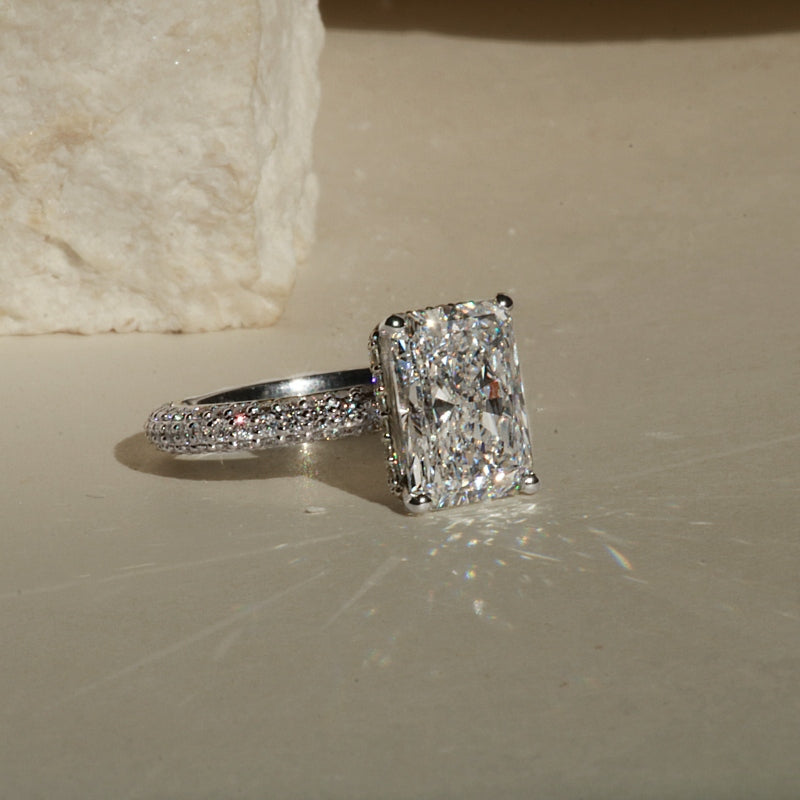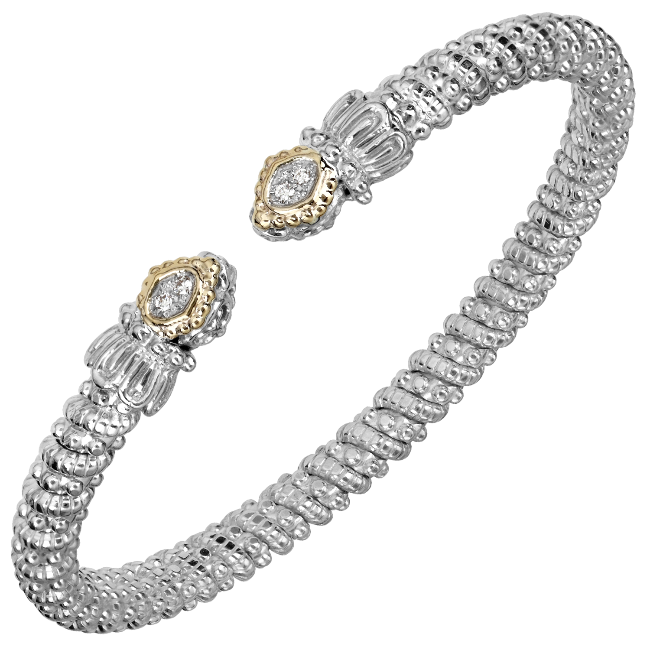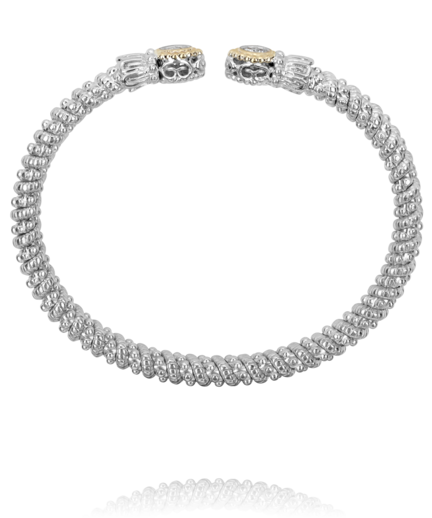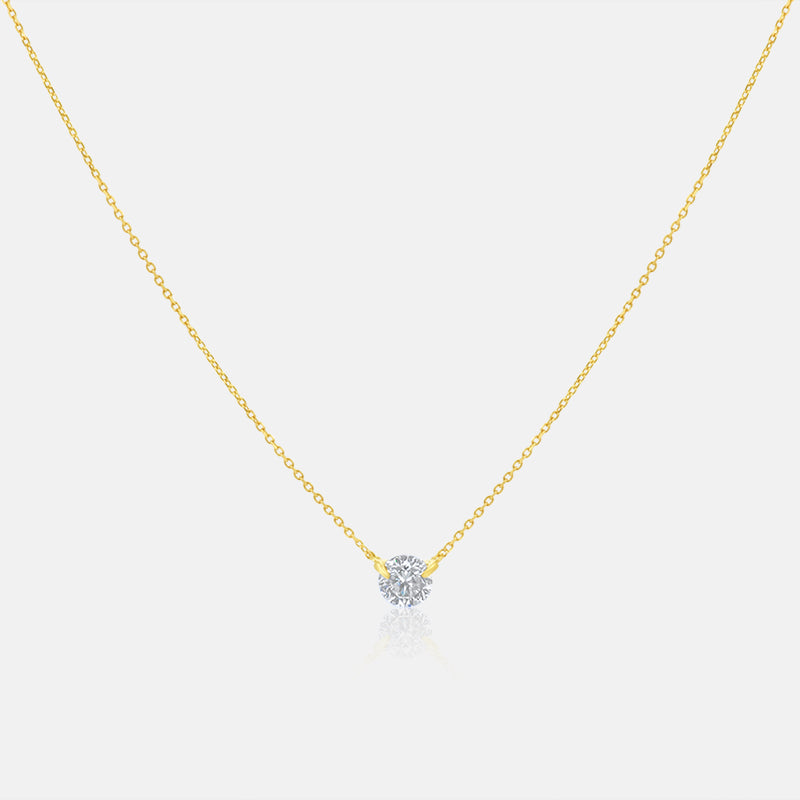Does White Gold Turn Yellow?
White gold, renowned for its lustrous and elegant appearance, has become a staple in many jewelry collections. While it's admired for its pristine white sheen, a common concern arises: Does white gold turn yellow? This guide aims to answer this question by exploring what white gold is, why it might appear yellow, and how to maintain its original brilliance.
What is White Gold?
White gold is a blend of pure gold and white metals like nickel, palladium, or silver. This combination creates a silver-colored alloy that's loved for its beauty and strength. But, since gold is naturally yellow, does white gold turn yellow over time? Let's explore this below.
Why White Gold Might Appear Yellow
Rhodium Plating
White gold jewelry is usually coated with rhodium to enhance its white appearance. Rhodium, a platinum group metal, provides a reflective and tarnish-resistant surface. However, with wear and tear, this coating can gradually wear off, revealing the underlying yellowish alloy. Read more about rhodium plating from this reliable source.
Body Chemistry
Oils, sweat, and lotions from your skin can react with rhodium, causing it to wear away faster. The varying chemistry from person to person can affect how quickly this process happens.
How to Prevent White Gold from Turning Yellow
Regular Rhodium Re-plating
Jewelers like our experts at Masina Diamonds provide rhodium re-plating services to keep your jewelry looking fresh and bright.
Proper Care and Cleaning
A gentle clean with mild soap and warm water can keep your jewelry looking its best. Remember to dry and polish with a soft cloth.
Avoiding Harsh Chemicals
Limiting exposure to harsh chemicals, such as chlorine and cleaning products, will prolong the life of the rhodium plating.
The Process of Re-plating White Gold
Re-plating white gold is a common practice that can restore the jewelry to its original beauty. Here's how it generally works:
- Cleaning: Your jewelry is thoroughly cleaned to remove any dirt, oils, or impurities.
- Polishing: The piece is then polished to smooth any scratches or imperfections.
- Re-plating: A thin layer of rhodium is applied through an electroplating process.
- Final Inspection: The piece is inspected to ensure that the finish is perfect.
You can trust professionals to handle this process with care and expertise.
Understanding Alloys in White Gold
Different alloys create varying shades of color in white gold. Discussing this with a jeweler like our team at Masina Diamonds can help you understand what metals are in your white gold jewelry and how they might affect its color over time.
Is Yellowing a Defect or Natural Occurrence?
The yellowing of white gold is a natural occurrence and not a flaw. Regular maintenance can ensure that your white gold jewelry retains its shine and brilliance.
Alternatives to White Gold
If you prefer not to deal with the maintenance of white gold, other metals may suit your preferences:
- Platinum: More durable and naturally white but generally more expensive.
- Palladium: Similar to platinum but usually more affordable.
- Sterling Silver: Another option with a bright white appearance but requires regular cleaning.
You can explore these options and more at Masina Diamonds.
When to Choose White Gold
White gold is an excellent choice for those who love the look of platinum but are looking for a more budget-friendly option. Its beautiful color complements diamonds and other gemstones, making it a popular choice for engagement rings, necklaces, and other fine jewelry.
Conclusion
So, does white gold turn yellow? Yes, it can appear to change color over time as the rhodium plating wears off. But this is not a flaw; it's a natural part of the wear and tear of a gorgeous piece made with this unique alloy.
With proper care and regular maintenance, your white gold jewelry can continue to dazzle and shine. Whether re-plating, cleaning, or selecting a new piece, our experts at Masina Diamonds are here to assist you in making the best choices.













